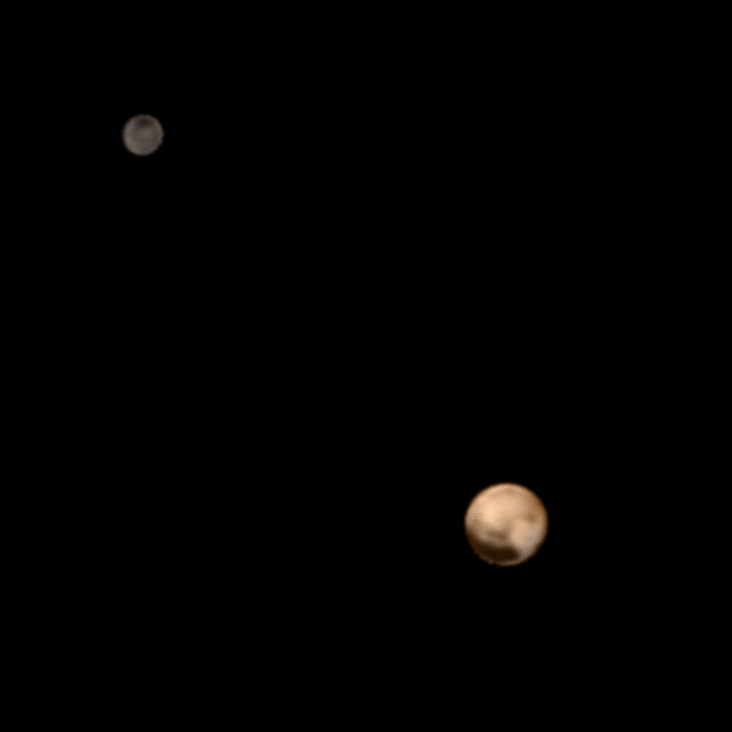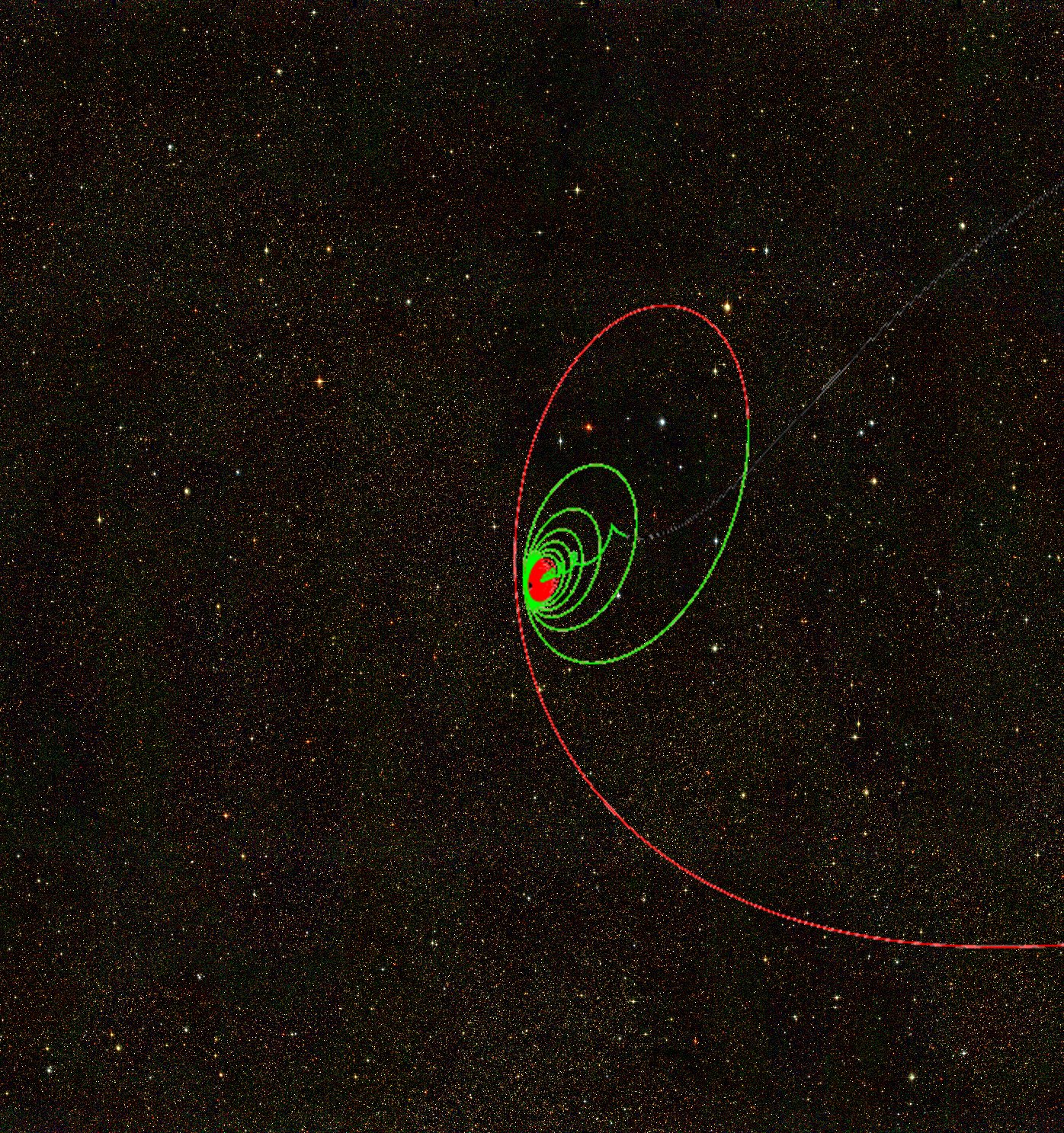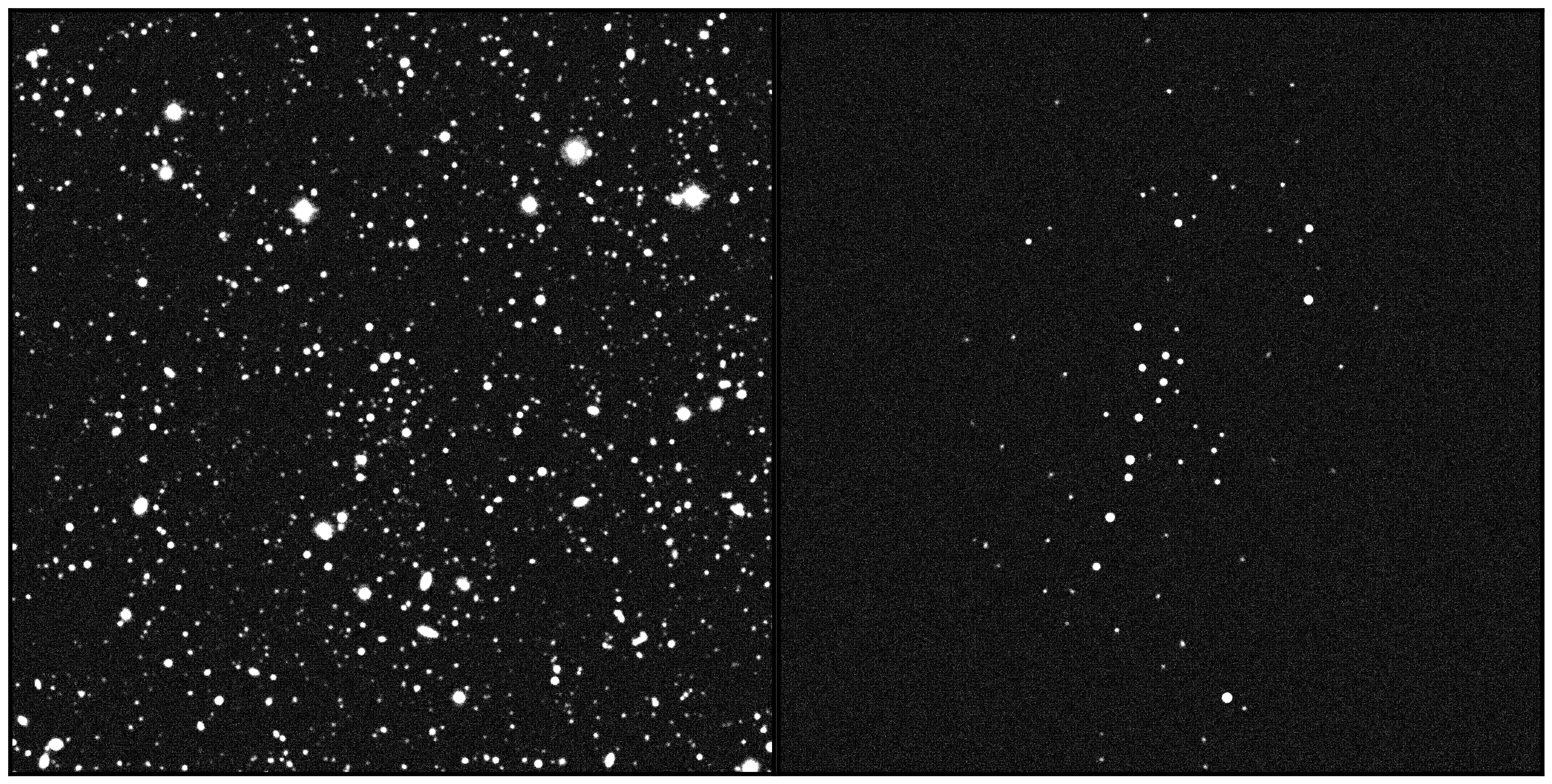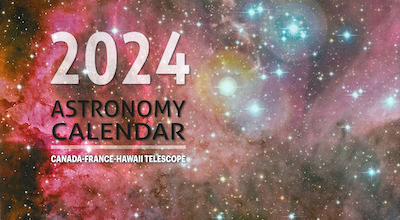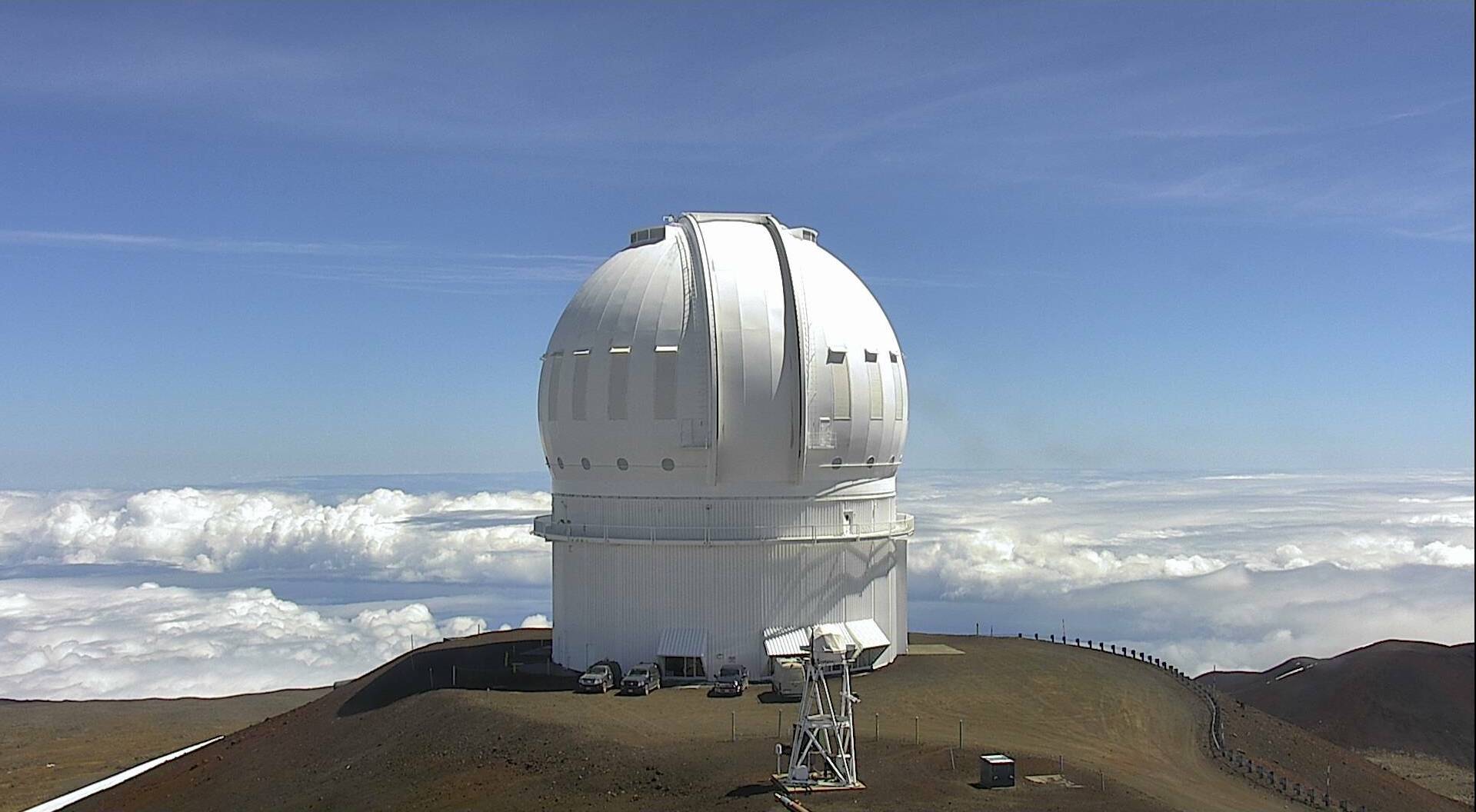CFHT data helps New Horizons navigate toward Pluto.
Lauched January 19 2006, the New Horizons spacecraft is now getting very close to Pluto with a predicted closest approach on Tuesday July 14 at 11:49:57 UTC, 01:49:57 HAST. This will be the first human encounter with the Plutonian world. New Horizons will get there relying on CFHT data.
New Horizons is roughly 2.5 meters (8 feet) across and weighed approximately 480 kilograms (1,050 pounds) – about half a ton – when first fueled. It travels a the tremendous Earth-relative speed of about 16.26 kilometers per seconds (58,536 km/h; 36,373 mph). At this speed however, New Horizons will only be able to make a flyby close to Pluto and will not be able to enter orbit. Entering orbit would mean that operators would have to reduce the craft speed by over 90%, which would require more than 1,000 times the fuel that New Horizons can carry.
Nevertheless, a series of maneuvers are needed for a collisionless approach to Pluto so an accurate mapping of the objects close to or in the Plutonian system is crucial. In order to achieve this, the New Horizons team performed several images scans for smaller objects, for both intrinsic scientific interest, and as potential collision hazards. However, in order to enable the hazard search, New Horizons required a high-precision flux/position reference system.
CFHT discretionary time awarded to JJ Kavelaars at the CADC in 2014 turned out to be the best dataset to do just that. During the 2014A semester, Kavelaars and collaborators used MegaCam to refine Pluto's astrometric system, improving our knowledge of Pluto's orbit and aiding the New Horizons pre-encounter hazard search team. The catalog resulting from these observations allows more precise calibration than any other wide field imager currently in operation due to the decade long use of MegaPrime on CFHT and the precise calibration system developed for this camera by Stephen Gwyn at the CADC. CFHT/MegaPrime astrometric reference catalogue is now being fed directly into the navigation process for guiding New Horizons into it's final encounter with the Pluto system.
Additional information
NRC's coverage.New Horizons website
Information:
Stephen GwynCanadian Astronomical Data Center
Herzberg Institute for Astrophysics
Stephen.Gwyn@nrc-cnrc.gc.ca
JJ Kavelaars
Canadian Astronomical Data Center
Herzberg Institute for Astrophysics
JJ.Kavelaars@nrc-cnrc.gc.ca

